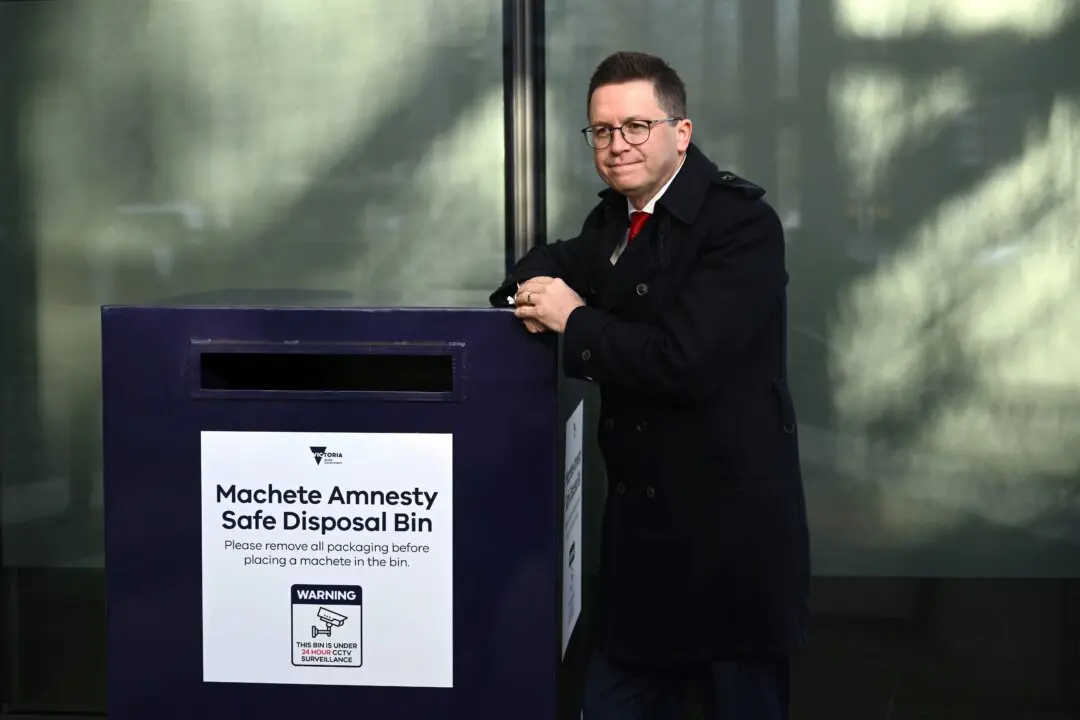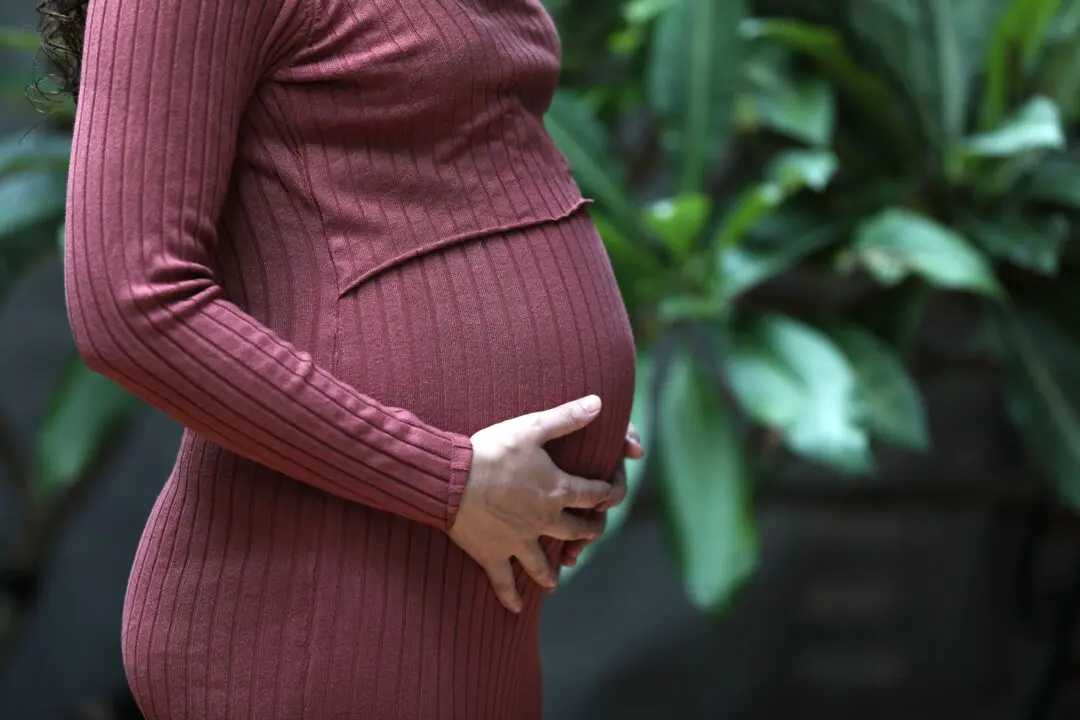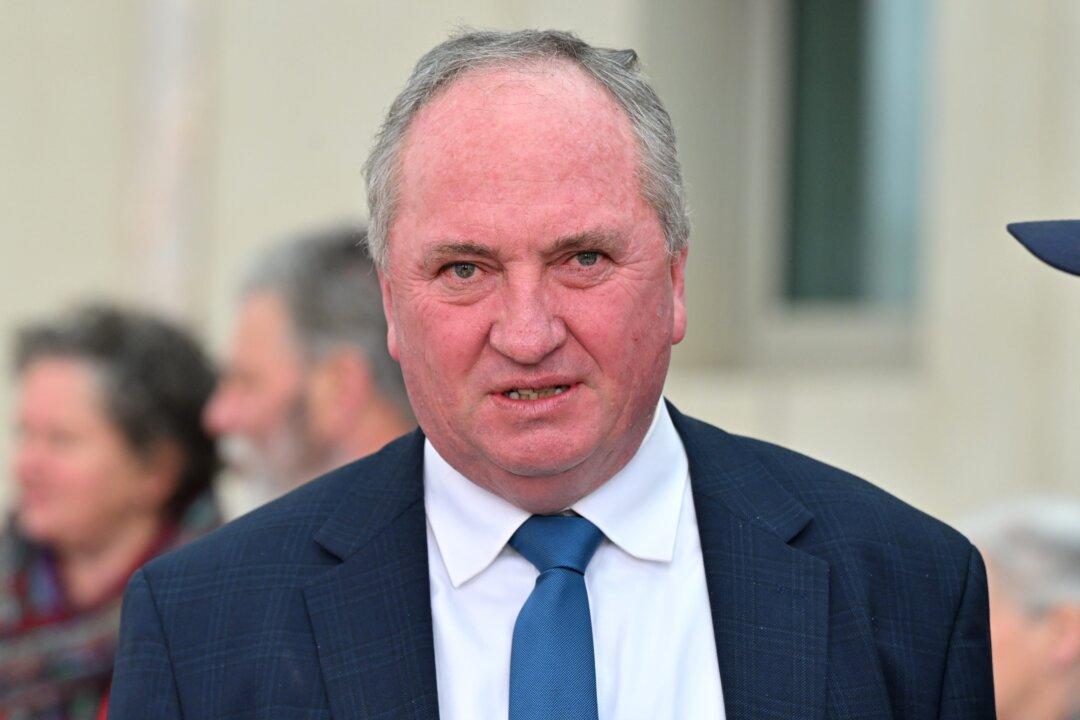In order for Australia’s soaring energy bills to be brought back down, politicians need to stop making the nuclear versus renewable energy debate akin to the partisanship of Ford versus Holden Supercars supporters.
That is the opinion of Robert Parker, the founder of Nuclear for Climate Australia.





